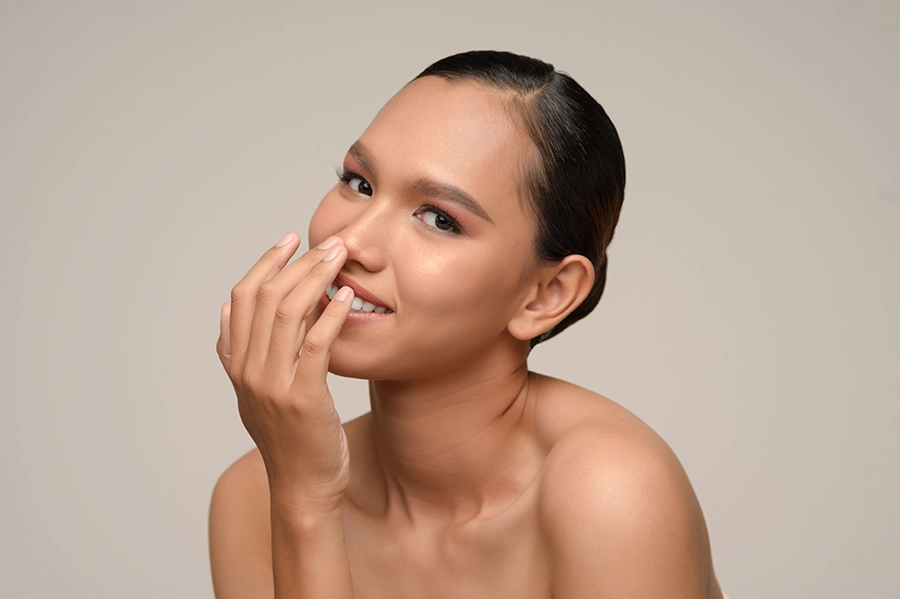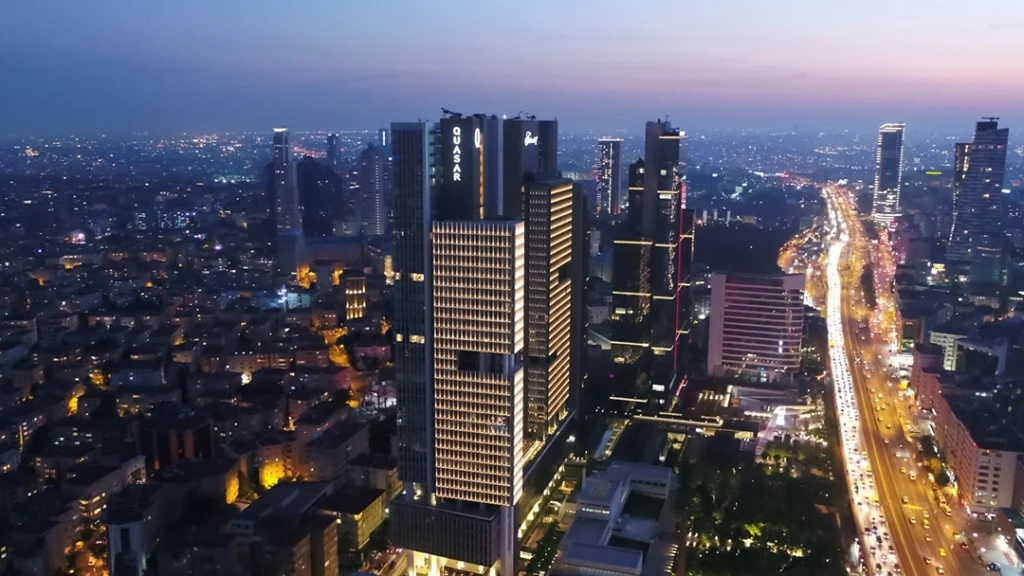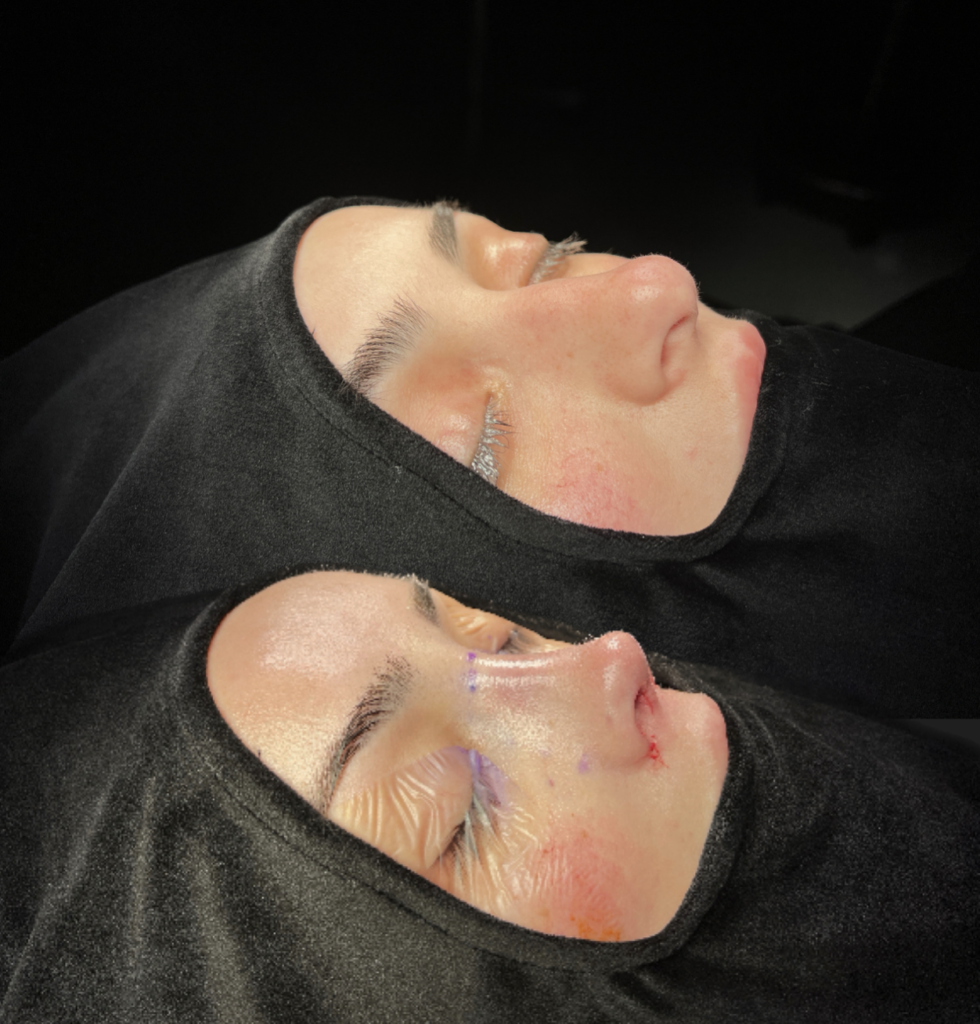What is Revision Rhinoplasty? An In-Depth Look
Revision rhinoplasty is a surgery that means correcting undesirable results after the first rhinoplasty surgery. Suppose you have had a rhinoplasty surgery before and are unsatisfied with the aesthetics or breathing results. In that case, you may be suitable for revision rhinoplasty surgery.
Choosing the Right Surgeon for Revision Rhinoplasty
Ideally, the surgeon who performed the first surgery performs revision surgeries, but this may only sometimes be possible. What is important is the surgeon’s experience and expertise in revision surgeries.
What determines the ideal time for revision rhinoplasty?
Although there are different opinions on how long a revision should be performed after the first surgery, it is generally considered appropriate to wait 4-6 months. If the patient has already undergone a revision surgery, it is recommended to wait between 8 months and one year for a second revision surgery. In patients who have undergone multiple revision surgeries, it may be more appropriate to wait two years for complete healing and recovery of the tissues.
The reason for waiting in the planning of revision surgery is to provide the time required for the bone and cartilage tissues to settle and fuse correctly and for the skin and soft tissues to heal completely. This time allows us to determine whether the patient needs a revision surgery and, if so, to plan the surgery correctly.
Surgical Techniques in Revision Rhinoplasty: An Overview
Revision rhinoplasty surgeries can vary considerably depending on the previous surgery and the condition that disturbs the patient. Sometimes, the patient may have very minor problems, and it may be sufficient to put a small cartilage tissue under the skin. Sometimes, all problems can be solved by placing a cartilage graft on a tiny nasal wing or slightly rasping the bone on the back of the nose. This revision rhinoplasty surgery takes an average of half an hour. We call these minor revisions or touch-ups.
But sometimes, a more detailed surgery may be required. In other words, we may need to reshape the nose and put structural grafts. We may often need to use rib-rib grafts for these procedures. We call such large-scale surgeries major revision (Blow revision).
In this spectrum, the duration of revision surgery can vary from half an hour to 15 minutes or from half an hour to 4 hours.
A preoperative discussion with the surgeon:
Ideally, the surgeon who performed the first surgery performs revision surgeries, but this may only sometimes be possible. What is important is the surgeon’s experience and expertise in revision surgeries.
All these surgical plans should be discussed in detail with the surgeon, and the extent to which they can be achieved should be discussed with the patient. If the surgeon and the physician are at the same frequency and in agreement, it is appropriate to proceed to the next stage.
Which methods do you use for revision rhinoplasty surgeries?
In my practice, I perform all rhinoplasty operations under general anesthesia. Depending on the condition of the previous surgery, if I can solve the problem with closed methods, I prefer closed surgery first. However, sometimes, it may be necessary to return to open surgery, especially in significant (Major) revision cases. In this respect, detailed information on all these issues is determined after the face-to-face consultation with the patient. However, in our online interviews, before the patient comes here, I also give my opinion about the achievable results that can most likely be achieved in general terms. However, the final surgical planning on this subject can occur after touching the patient’s nose and performing the endoscopic examination. In other words, we give the actual planning on this subject in face-to-face consultation interviews that we will make the day before the patient comes to Istanbul and the day before the surgery.
Is it necessary to use a graft in revision surgeries?
This depends on the planned surgery. If a minor revision or touch-up is required, or if the patient’s septum cartilage was not touched or very little in the surgery, we can meet this if we need a graft from the patient’s septum cartilage. However, in more significant revisions, it may be necessary to take some of the patient’s ribs or apply fresh frozen cadaver cartilage to our patients who do not want this. From my point of view, both of these methods have very close safety margins. When fresh frozen ribs are used, no extra incision is made under the patient’s breast. No procedure is performed at the donor site. In other words, when we use fresh-frozen cadaver cartilage, the duration of the operation is about an hour shorter. But in the end, even if it is cadaver cartilage, we use an external material. The fresh frozen cadaver cartilages we use are FDA (Food and Drug Agency of the United States) approved materials and United States productions. They are products with very high safety margins. Apart from me, they are prevalent procedures performed by many rhinoplasty surgeons in Istanbul and many parts of the world. When they are properly stored, we almost never encounter complications such as an infection, touching, etc.
If the patient prefers removing their rib cartilage, this is also a simple surgical intervention without risk. When we remove the patient’s rib cartilage with an incision of about two and a half centimeters under the breastfold, the patient does not even feel the presence of this procedure after a few days, and there is no scar. This is a very simple and aesthetically satisfying procedure.
However, for graft harvestings, I leave the final decision of whether to use the patient’s rib or freshly frozen ribs to the patient, and I use graft material accordingly.
How long after the surgery can I see the results of revision rhinoplasty?
Revision Rhinoplasty is performed to correct undesirable results after the first rhinoplasty surgery. The healing process varies depending on the size of the procedure. After “minor” revision surgeries requiring minor corrections, patients can usually return to their everyday lives within a few days. However, when more extensive “major” revision surgeries require structural grafts, it may take several months to 8-12 months, sometimes up to 1.5-2 years in cases of multiple revisions. In this case, micro edema is required to subside and fully manifest the results. However, in most cases, the surgical scar becomes unnoticeable when patients look at their faces two weeks after surgery.
Cost Factors of Revision Rhinoplasty: Budgeting for Your Surgery
The cost of revision surgeries varies according to the procedure to be performed. While minor corrections may be lower than the cost of the first surgery, more extensive revisions can be more costly. Costs increase, especially when expensive materials such as external graft materials need to be used.
Managing Expectations: Realistic Goals for Revision Rhinoplasty
The patient’s skin thickness, facial proportions, and underlying bone and cartilage structure are essential for realistic expectations after revision surgery. Photography simulation with computer studies can help determine general expectations, but it cannot be guaranteed that the results will be the same as the simulation. It is important for patients to be patient and stay in contact during the process of achieving the results. The results of revision rhinoplasty surgeries are usually evaluated with online follow-up and control, so patients do not need to come back to Istanbul. Most importantly, patients should be informed in detail about the achievable results and have patient expectations.













